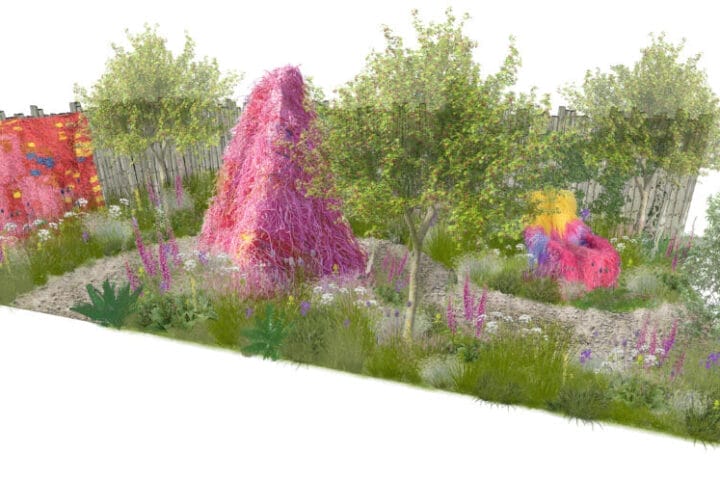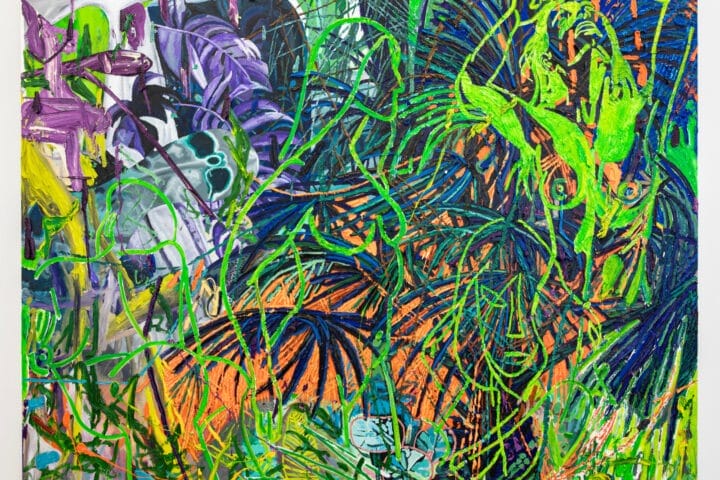We have been given the chance to interview entrepreneur and fine art dealer Randall J. Slavin, proprietor of Winn Slavin Fine Art. Read about his projects in the art world – with galleries in various locations around the globe – in the movie industry, and in philanthropy.
Tell us a bit about the origins of your gallery. What propelled you into the art world?
My personal entry into the world of fine art was rather unintentional. My father was an artist who never made a living at it, and I grew up impoverished because of that. So I had no initial interest in a career in fine art and instead focused my education on business and information systems.
After a decade or so in I.T., I grew bored and started to look for something more engaging. I met Daniel Winn and re-immersed myself in the art world, initially as an artist agent, publisher, and wholesaler. In 2016, we entered the retail side of the business with our first Winn Slavin Fine Art gallery location and opening in Beverly Hills in 2017, followed by the Shanghai location in 2018 and the Vietnam location in 2019.
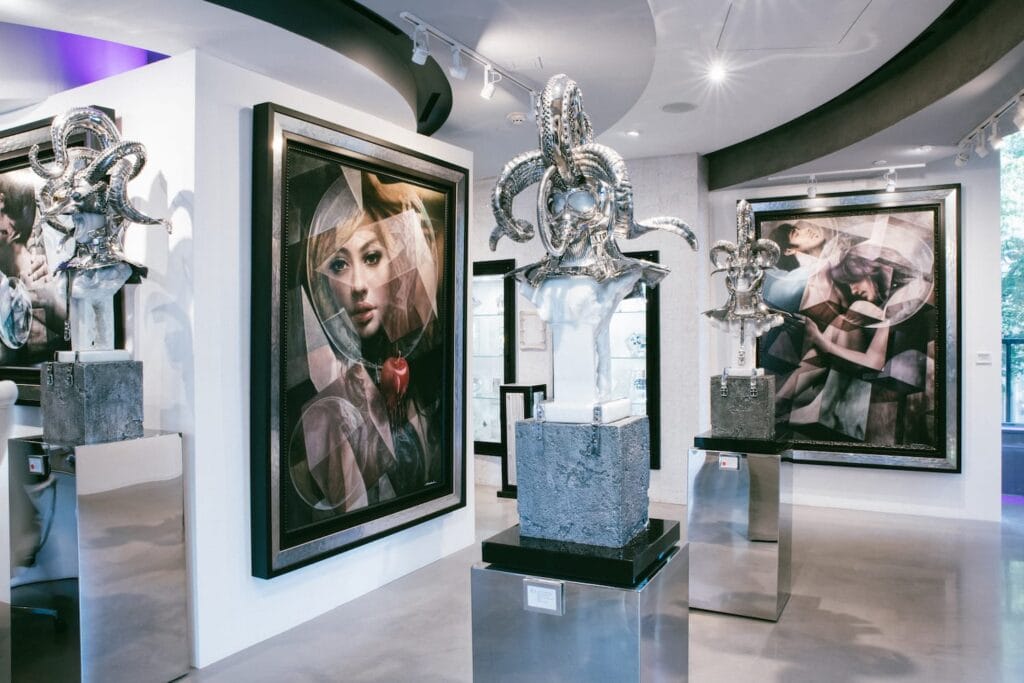
You have been involved in the art world for nearly three decades. During this time, what notable changes have you observed in the industry? How have your galleries’ evolution unfolded? Furthermore, could you shed light on the shifts in the artistic climate that have taken place over the years?
There has been significant change in the world of fine art. The last three decades saw the rise of inexpensive, on-demand print reproduction techniques, the advent of social media, and the Great Recession. Each of these had a profound impact, both positive and negative.
On-demand printing and social media had a democratizing effect on the market. They made it possible for individual artists to reproduce and promote their own artwork without needing a gallery, publisher, or agency to provide expertise and capital. That meant that there was a sudden oversupply of poorly represented and unprotected products at the lower end of the market.
The Great Recession from 2007 to 2009 fundamentally changed the market. The combination of oversupply and economic tightening bifurcated the market into low-end artwork (inexpensive prints and original artwork by little-known artists) and high-end artwork (original paintings and sculptures by mid-career and established artists). That shift was seismic, and it forever changed the art business.
These factors eventually led us to expand into the retail gallery business ourselves.
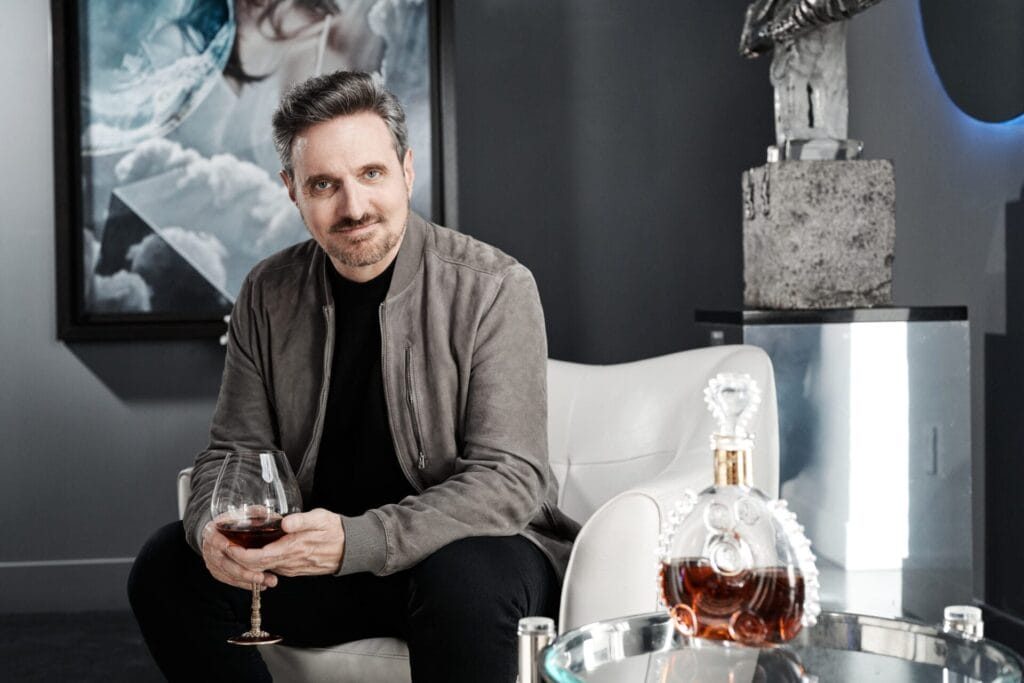
In addition to Rodeo Drive in Beverly Hills, you have also opened galleries in various other locations, including Shanghai and Vietnam. Could you please elaborate on the connection between these locations? Furthermore, I am interested to know if there have been any noteworthy advancements in the art scenes of Shanghai and Vietnam.
The three markets are quite distinct. The U.S. accounts for roughly 45% of the global market and is the most open and competitive of the three. China accounts for 17% of the worldwide market and is the most challenging environment to do business. There is an established art market in China, but it’s difficult to serve because of cultural sensitivities and monetary restrictions. Vietnam is a tiny market by comparison, but one that is largely untapped and has significant long-term potential. All three locations have some overlap in terms of the artists represented, most notably the artwork of Sir Daniel Winn, but not every artist works in every location.
Shanghai’s art scene experienced significant growth until the Covid pandemic but has seen a dramatic downturn. I expect it will take another 3 to 5 years before it returns to pre-pandemic levels. Vietnam’s economy has grown rapidly in the last two decades. Household income went from around $300 per year in 2000 to $2,400 in 2022. That growth has led to increased economic inequality—everyone is better off than they were, but some people are disproportionately so. Fine art, particularly from international artists, is still outside the reach of most Vietnamese, but those who have prospered significantly are looking for specialized luxury goods like fine art. A banking crisis has put a damper on things in the short term, but I expect the market to return to its previous strength in 2 or 3 years.
What are some shared characteristics or themes present in the artists you represent? Is there a prevailing sense of style or esthetic that can be observed in their work?
Winn Slavin Fine Art emphasizes emerging and mid-career artists whose work is distinctive and has artistic integrity. For a variety of reasons, the Contemporary art scene has diverged from artistic traditions and techniques that have provided longevity and relevance over time. The artworks we curate in the gallery collection are innovative without eschewing those traditions and techniques.
How do you see art developing in the coming years? With digitization and A.I. being present, how do you see this development impacting the art scene as we know it today?
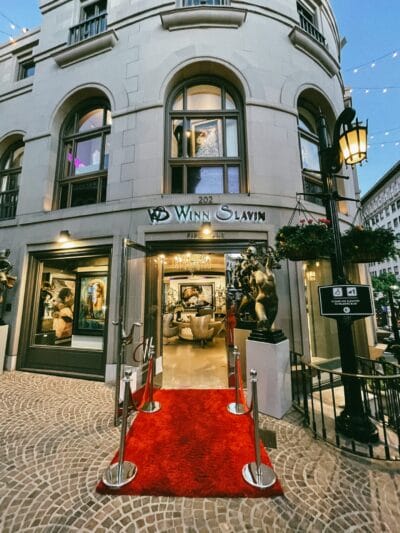
Interestingly, this is not the first time that technology has impacted the art scene. In 1841, Lefranc & Bourgeois, a Frech art supply company, started selling oil paint in tubes. Prior to that, artists had to mix their own paints, and those paints dried out quickly. That meant artists couldn’t stray far from their studio when painting as they had to have access to the pigments and base materials to remix new paints frequently. The advent of oil paint tubes, which kept paint fresh and usable almost indefinitely, allowed artists to roam far and wide, and plein-air painting was born. Plein-air painting led to Impressionism which changed art at a fundamental level.
In the early 1990s, another technology changed the face of fine art: on-demand printing through the giclée process I mentioned earlier. This was the first instance of digitization technology impacting the field.
3D printing has often been feared to be the end of traditional bronze sculpture casting. While some sculptures are being 3D printed, there is still a definate bias among high-end collectors for cast sculpture. In fact, the use of 3D design and printing of prototypes has actually accelerated the production of cast bronze by reducing the time it takes for an artist to create an artwork to be molded for casting.
Artificial intelligence is the newest technology that doomsayers have predicted to be the end of fine art. While it is true that AI can simulate the artistic process, it’s unlikely that AI will create significant new forms, styles, and innovations in fine art. It’s also highly unlikely that art collectors will value AI-generated art at the same level as human-created art, especially given recent court rulings that AI-generated art is not copyrightable.
You also ventured into a cinematic project as the executive producer of the short “Creation,” now in pre-production on its feature-length version. What can you tell us about this project?
It’s always interesting to watch an artist work in a different medium. That was the case with the “Creation” short film. What started out as a promotional video was transformed by Sir Daniel Winn into an artistic work in and of itself. Rather than being simply a descriptor of his work, Sir Winn turned it into an extension of his oeuvre. The feature-length film is an exciting and ambitious project. The short will be to the feature film as a figure study is to a finished oil painting.
Let’s round the interview off with a few quick questions.
Favorite meal?
Anything that is both exquistely creative and exquistely delicious!
Favorite song or musical composition?
I was a teenager in the late seventies, so “Dust in the Wind” by Kansas.
Favorite movie. I know it is a difficult question, so I will rephrase it. What movies are on the top of your list?
“Wizards” by Ralph Bakshi is undoubtedly near the top of the list. “Pan’s Labyrinth” by Guillermo del Toro is there as well.
Travel. What is the ideal destination?
That’s a tough one as it varies substantially depending on what’s going on in my life. It could be someplace like Paris for the museums and architecture, rural Vietnam for the isolation and natural beauty, or any unsual place with dear friends.
Thank you so much for taking the time to answer our questions. It has been an absolute pleasure to talk to you.



